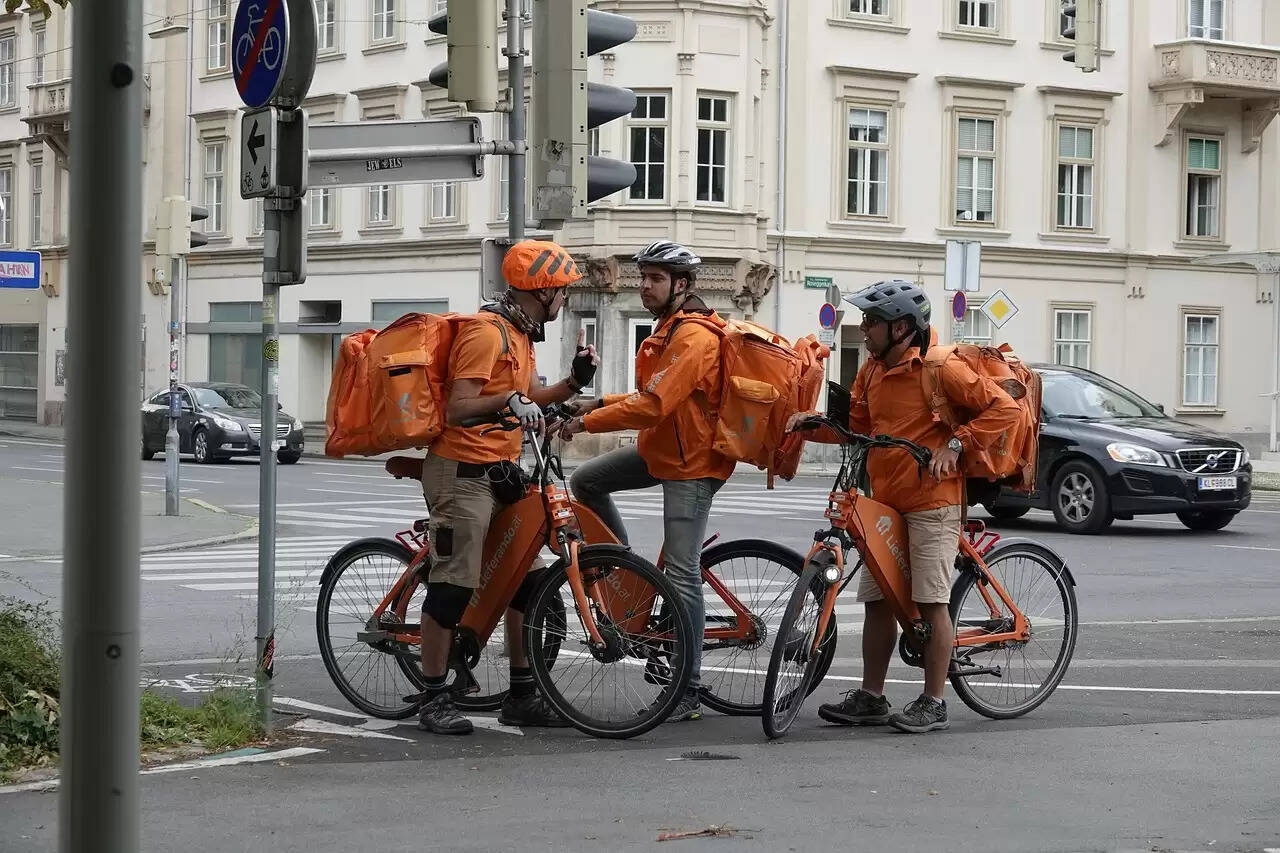10 Minute Deliveries - A Hype, Passing Fad or Next Big Thing ?

If one is to look at the investment that numerous start-ups have put in 10-minute deliveries then you will be stunned, a figure of $10 billion for delivery under 10 minutes. Although it all began with the pandemic but it is still very much in trend in India.
On a single order, US-based services lose tens of dollars. This could be the case with Indian companies too. However, despite this they have been able to raise a significant amount of money until now.
Let us look at the 10 minute deliveries and understand if it is yet another fad or is it the next big thing.
Ecommerce and 10-minute deliveries
Ecommerce runs on three Cs- cost, convenience, and catalogue. Ecommerce players are known to be working on these three Cs. We already know Blinkit, Swiggy, Meesho and the likes.
About quick deliveries
It is all about moving with the trend where the customer wants things to reach them quickly and at their convenience. Banking on the same, ecommerce industries are turning the want into needs.
Online grocery stores and deliverables are working on quick delivery culture, even the food delivery app is reaching the mark of 10-minute delivery timeline.
In India itself the business is that of $15 billion for the quick delivery convenience at your doorstep.
Jeff Bezos once quoted that if one wants to predict the future, ask what will not change. As per Bezos, 'People will always want fast delivery; vast selection'.
Now even though it may seem legit as per the demand, but is it even needed? Let us dive deeper into it.
10 minute delivery and its shortcomings
The biggest question is: is it needed?
Think about the delivery executive who is on route to deliver your potatoes or some other stuff in 10 minutes, they are time pressed and are risking their life for it.
It is a potential work-related hazard they are facing that may hurt them physically and (god forbids) fatally.
Another thing is the additional cost that people bear to have their stuff delivered under the timeline of 10 minutes. The point to ponder is that are customers compromising heavily on the cost of the item itself?
With fewer people willing to pay delivery fees the demand is lesser than expected and therefore it is limited.
The take-off costs may have to fall that should solve the trouble of the constraint it is causing. However, when we look at the comparison of US based services with India, for US based services they are losing tens of dollars on single orders, while it is the opposite in India. We are still gaining leverage with it.
Technology and innovation as solution
The 10-minute delivery indeed may be a threat to the big players where their business may get disrupted. It is time to scale to the level where the cost problem is resolved that may help the big players.
Other pressing issues may include deliverables of key supplies like medication under 10 minutes when required that should be added to the catalogue too as it is all about saving a life, maybe.
Estimating the model of the future, including a variety of goods in the quick delivery catalogue will be an interesting move.
Another thing to note is that instead of using manual delivery, well drones or autonomous vehicles can be used for this purpose that may resolve the issue with risk to the lives of delivery executives.
This should also resolve the issues with human errors in delivery and time will be well followed.
Until now the trend is working well, especially in metro cities where time is less and quick delivery is required. For other areas where people are more concerned on spending extra on 10 minute delivery, it is still a farfetched idea that is yet to catch up.
.jpg)
